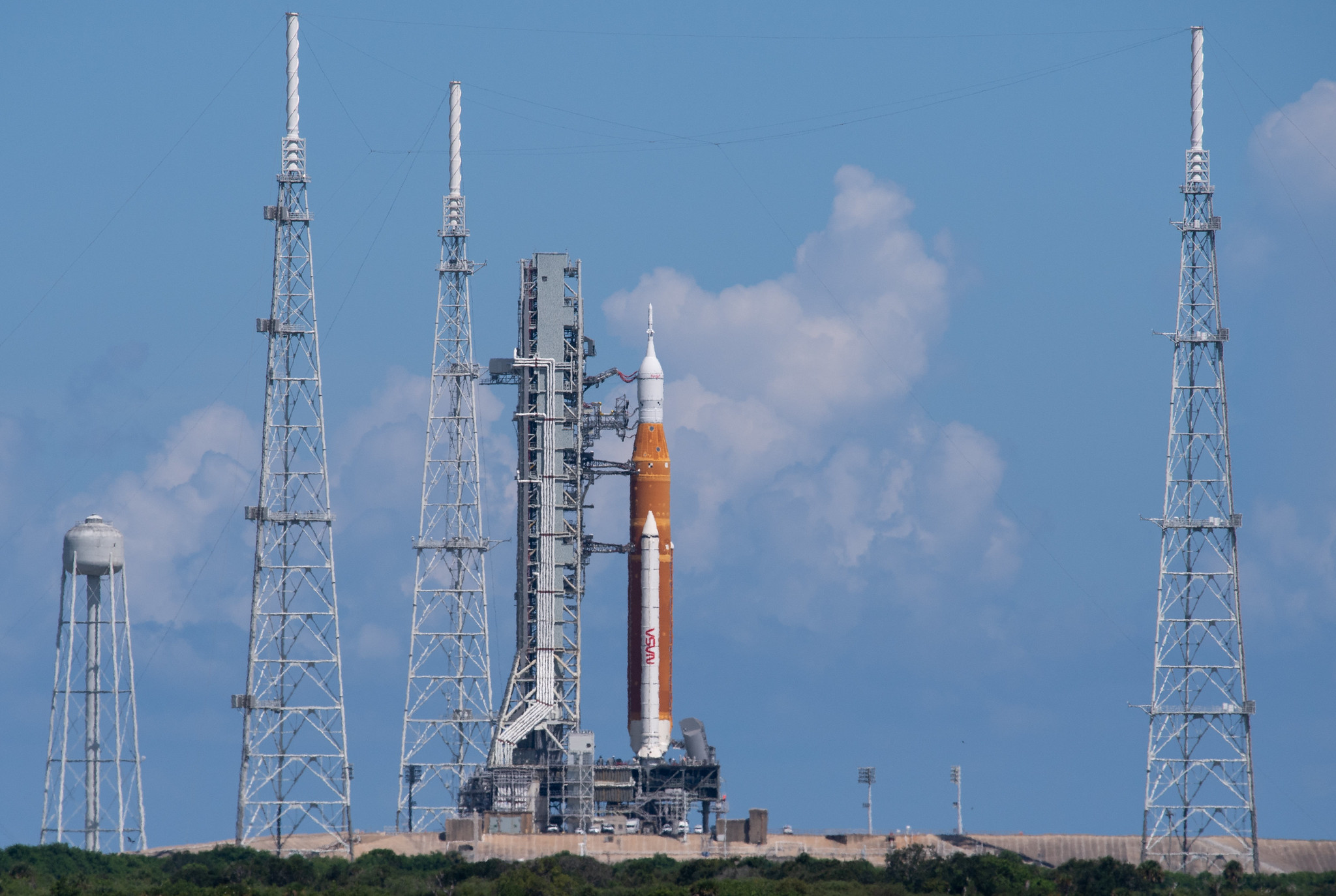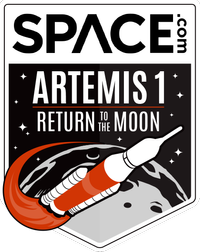

A crowd the size of a major American city may turn out to watch NASA's Artemis 1 moon rocket lift off this weekend.
Artemis 1 was supposed to launch from Kennedy Space Center, in Florida's Brevard County, on Monday morning (Aug. 29). According to county officials, 100,000 to 200,000 people flocked to the Space Coast to see that attempt, which was scrubbed due to an issue with one of the first-stage engines on Artemis 1's Space Launch System (SLS) rocket.
The mission team thinks that problem is a minor one, involving a faulty temperature sensor, and plans to push ahead with another liftoff try on Saturday (Sept. 3) at 2:17 p.m. EDT (1817 GMT). That's right in the middle of Labor Day weekend, potentially allowing many more people to see the uncrewed launch first-hand.
Related: NASA's Artemis 1 moon mission: Live updates
More: NASA's Artemis 1 moon mission explained in photos
Indeed, Brevard County officials are expecting a huge crowd — perhaps double what they saw on Monday, at 200,000 to 400,000 strong, the Orlando Sentinel reported Thursday (Sept. 1). And other Space Coast officials concur with that estimate.
"We’re confident it'll be more than however many we had Monday, because it's a four-ship day at the port, a milestone launch, a weekend launch and a holiday weekend — some of the top reasons visitors come here all wrapped up into a single day," Meagan Happel, public relations manager and film commissioner with Florida’s Space Coast Office of Tourism, told Space.com via email. "So, yes, we're projecting possibly double our original estimate with how much interest there has been."
For perspective: 400,000 people is roughly the population of New Orleans or Tampa. That's a lot of people to see a rocket launch, but this isn't just any old mission. Artemis 1 is the debut flight of the 322-foot-tall (98 meters) SLS, which is more powerful than the Saturn V, the iconic rocket that blasted Apollo spacecraft toward the moon a half-century ago.
Get the Space.com Newsletter
Breaking space news, the latest updates on rocket launches, skywatching events and more!
This weekend's launch will also be the first for NASA's Artemis program, which aims to establish a permanent, sustainable human presence on and around the moon by the end of the 2020s.
Artemis 1 will send an uncrewed Orion capsule to lunar orbit and back. The main goal is to show that SLS and Orion are ready to start carrying astronauts, which they'll start doing on 2024's Artemis 2 mission around the moon, if all goes according to plan.
Space.com Editor Brett Tingley contributed to this report. Mike Wall is the author of "Out There" (Grand Central Publishing, 2018; illustrated by Karl Tate), a book about the search for alien life. Follow him on Twitter @michaeldwall. Follow us on Twitter @Spacedotcom or on Facebook.
Join our Space Forums to keep talking space on the latest missions, night sky and more! And if you have a news tip, correction or comment, let us know at: community@space.com.

Michael Wall is a Senior Space Writer with Space.com and joined the team in 2010. He primarily covers exoplanets, spaceflight and military space, but has been known to dabble in the space art beat. His book about the search for alien life, "Out There," was published on Nov. 13, 2018. Before becoming a science writer, Michael worked as a herpetologist and wildlife biologist. He has a Ph.D. in evolutionary biology from the University of Sydney, Australia, a bachelor's degree from the University of Arizona, and a graduate certificate in science writing from the University of California, Santa Cruz. To find out what his latest project is, you can follow Michael on Twitter.









